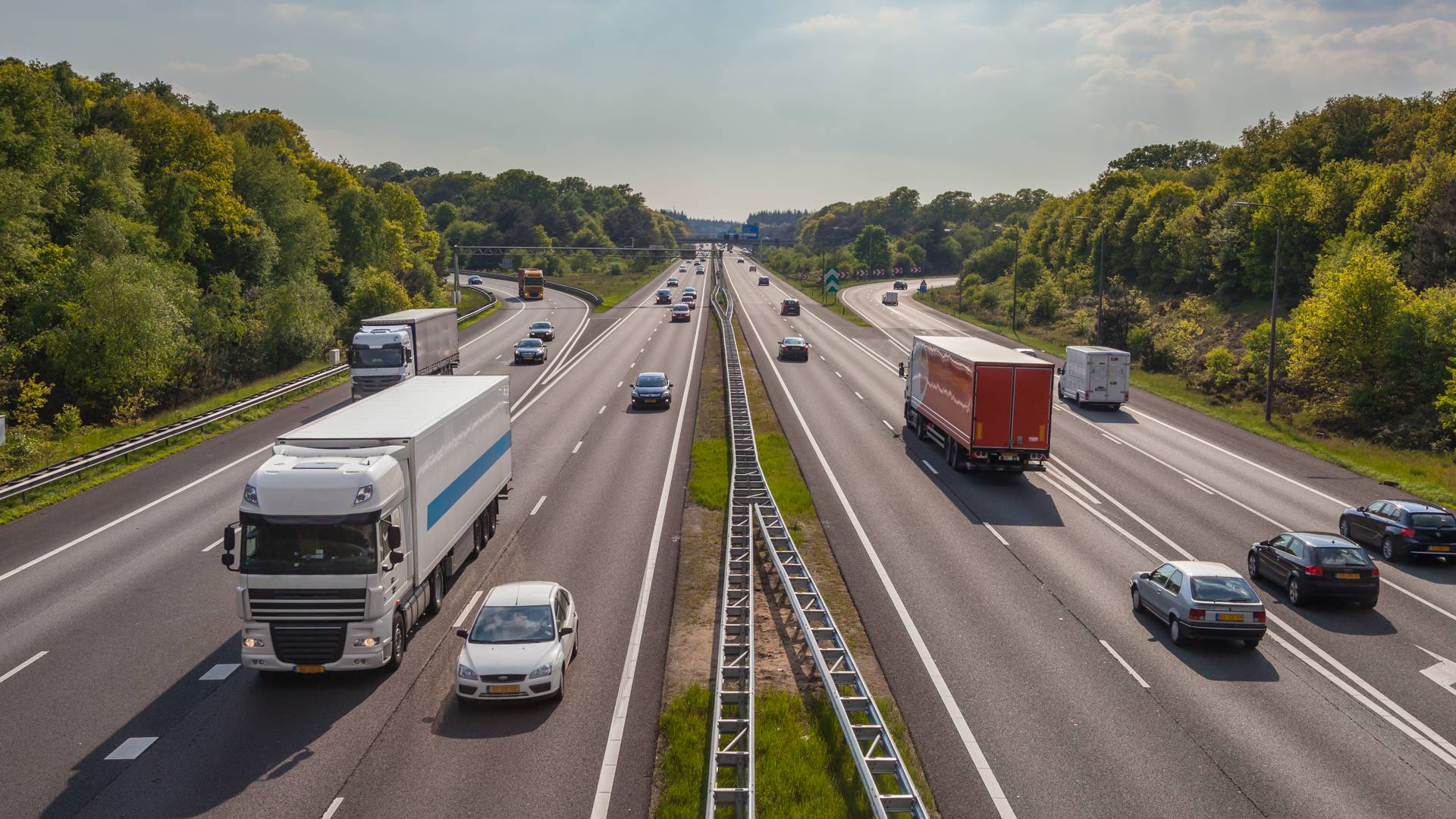According to the Insurance Institute for Highway Safety, the U.S. could vastly improve the ways in which it attempts to save lives and reduce the number of personal injuries sustained in car accidents each year. Although it may seem as though the country is making progress in reducing the number of accidents that occur on the country’s roadways, many feel as though the U.S. is still lagging behind other countries, including those in Asia and Europe, in reducing the number of wrongful deaths that occur due to car accidents.
The U.S. is Safe, but Not the Safest
In 2010, the number of wrongful deaths resulting from car accidents was at an all-time low and that number has been steadily declining over the past decade. With statistics like this, it may become easy for some to feel comfortable on the nation’s streets and mistakenly believe that drivers in the U.S. are much safer here than in other countries.
However, this may not be the case. An investigation into accident prevention efforts and safety records in other countries indicates exactly how much work the U.S. must do in order to catch up. Several other countries have fewer injuries and deaths per mile traveled and they are seeing a more drastic decline in auto accident deaths. There are several factors that are contributing to this wide gap between the U.S. and other countries, according to the IIHS.
Why the U.S. is Falling Behind
The biggest reason why the U.S. could potentially be falling short when compared to other countries could be the difference in altitude between transportation safety agencies in this country and others. In other words, transportation safety officials, in general, may feel as though auto accidents resulting in injury or death are part of the price for driving a car.
However, on the other hand, officials overseas believe that the same types of incidents are simply unacceptable. In other countries, transportation safety officials may be more inclined to take action and pursue additional preventable measures to develop systems in an attempt to reduce the number of accidents that can cause injury or death.
There are several other differences between the U.S. and other countries. For example, nearly every European country requires motorcyclists to wear helmets, and New Zealand, Canada, Japan, and Australia have specific helmet laws for those riding motorcycles. In the U.S., however, at least 30 states lack motorcycle helmet laws.
In terms of seatbelt use, other countries rank much higher than the U.S., despite the country’s seat belt use rate of 84%. Additionally, other countries implement frequent sobriety checkpoints to reduce the number of drunk drivers on the road and on an average, they have a lower blood alcohol content level. For instance, in Australia, Japan, and Canada, the legal limit is .05 percent compared to .08 percent in the United States.
Contact Van Sant Law, Today
If you or someone you love has been injured in a car accident or you would like to learn more about pursuing a wrongful death claim on behalf of a loved one, contact Van Sant Law, as soon as possible. There is no cost to speak with us, and we can help to answer your questions to the best of our ability in order to ensure that you fully understand the legal process. To get started, please call us today at (800) 234-9556.





.2410171551550.png)
